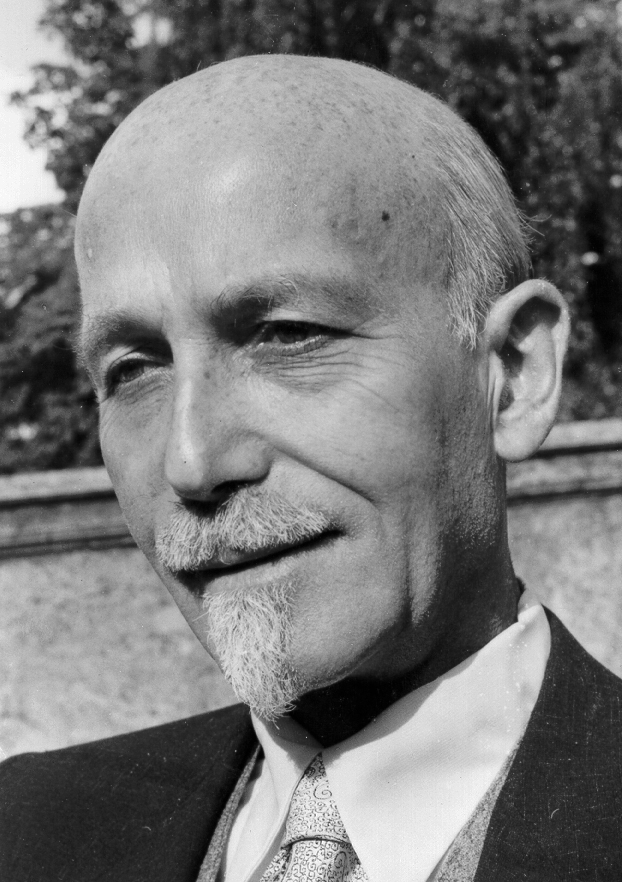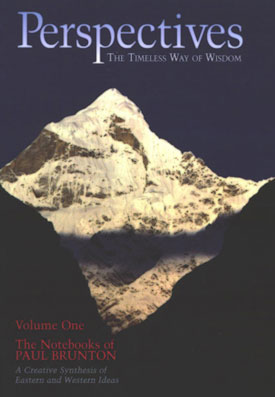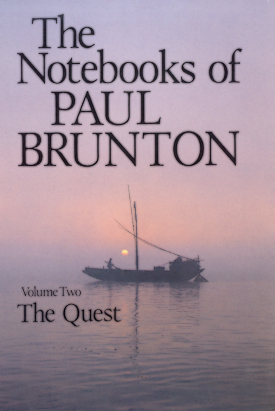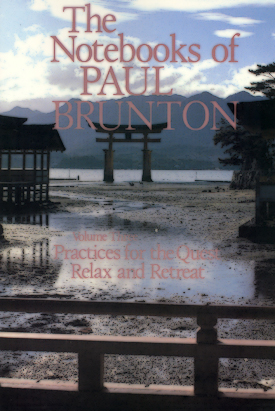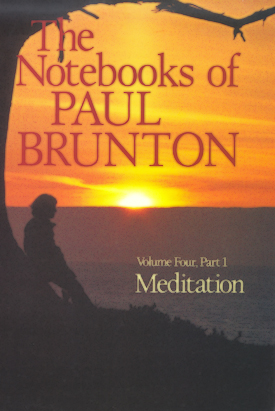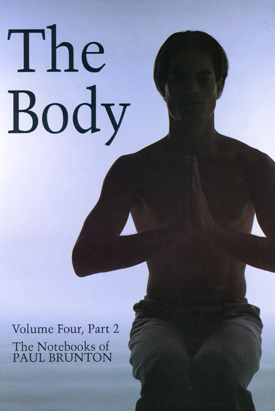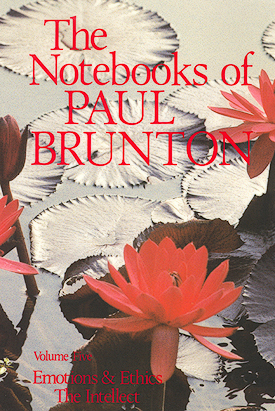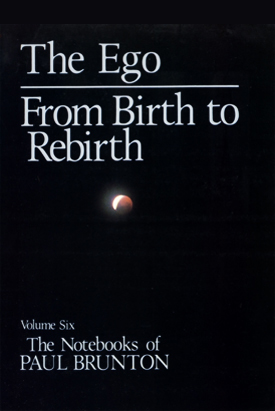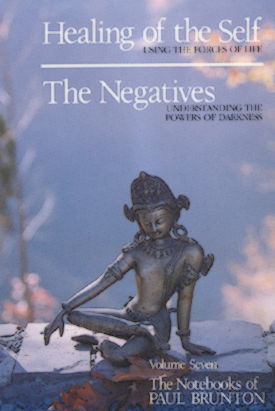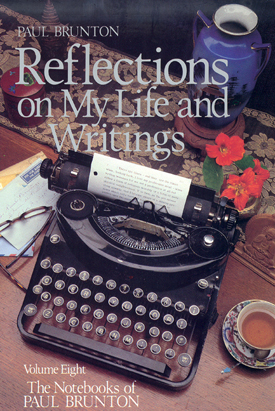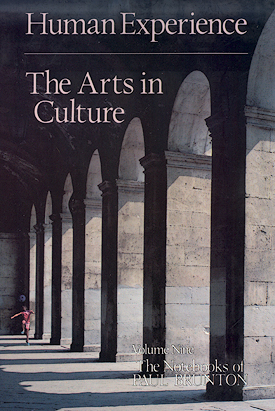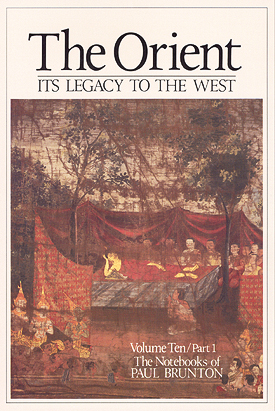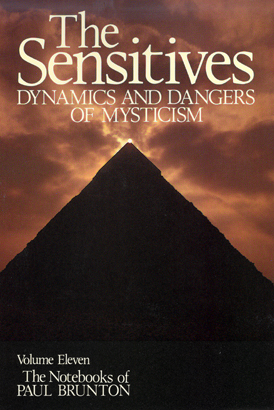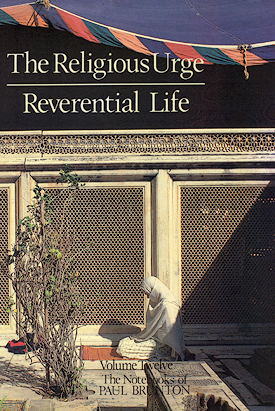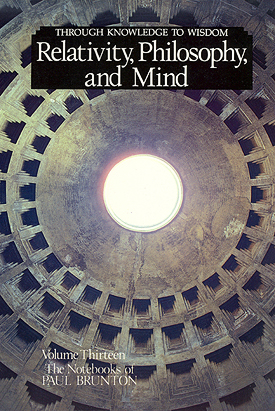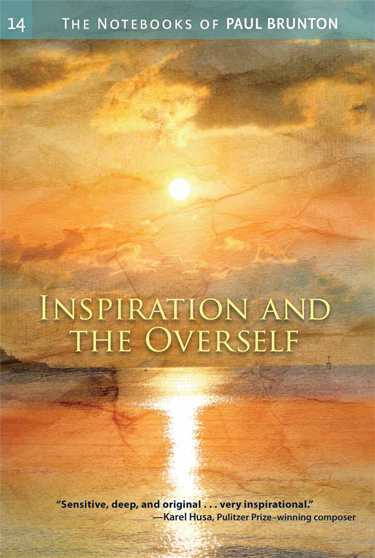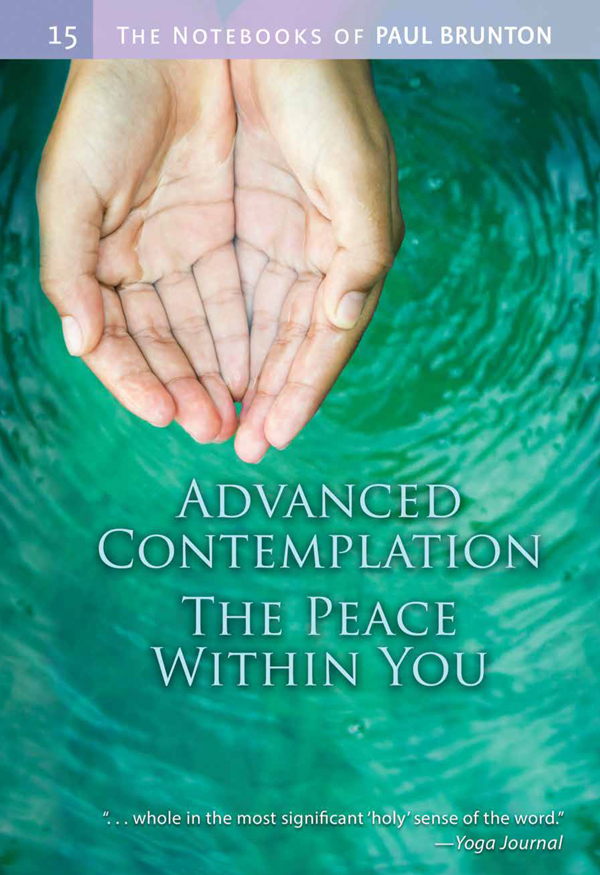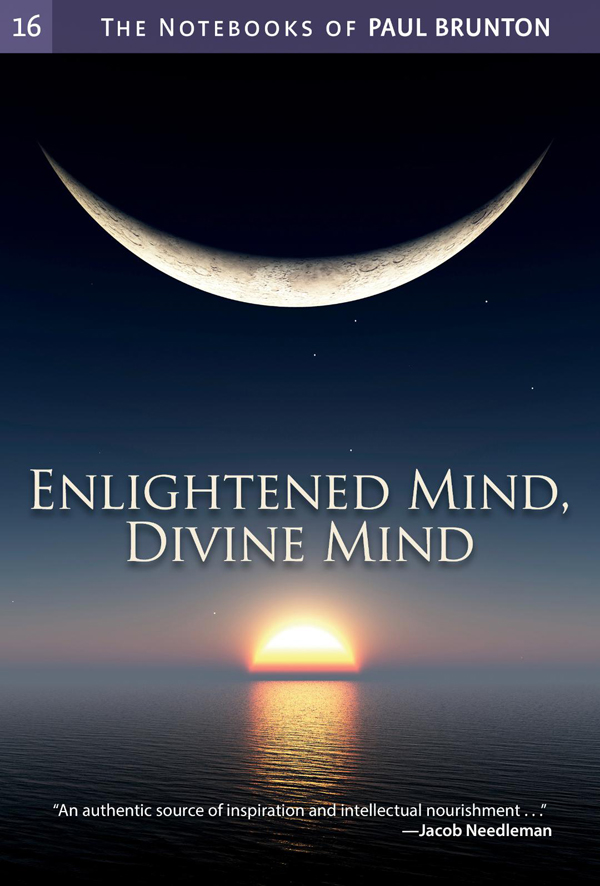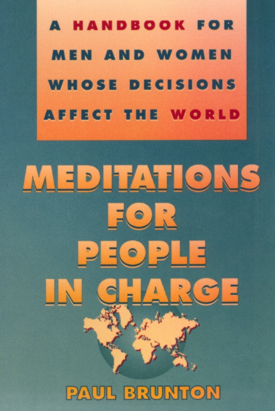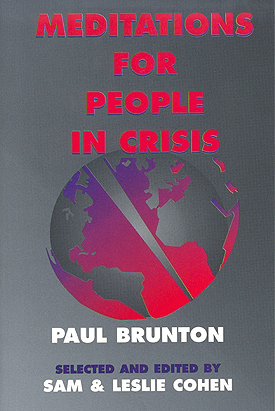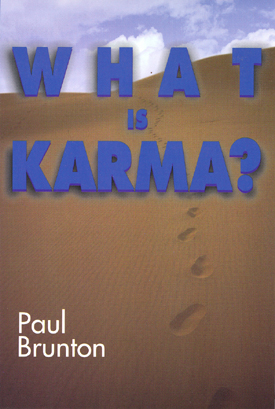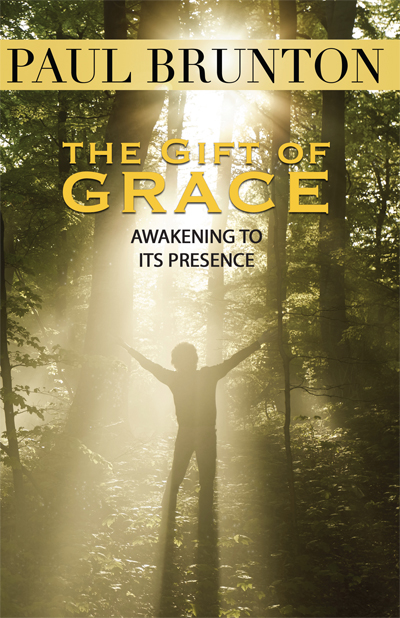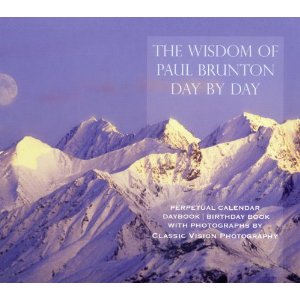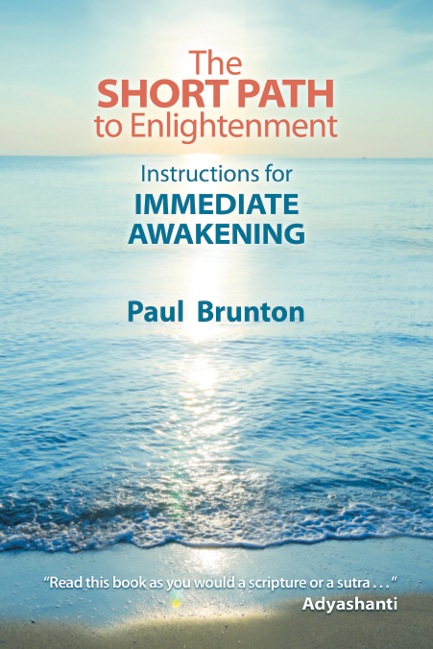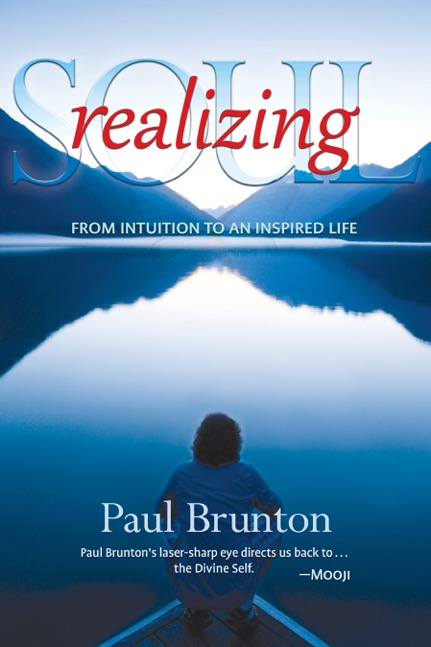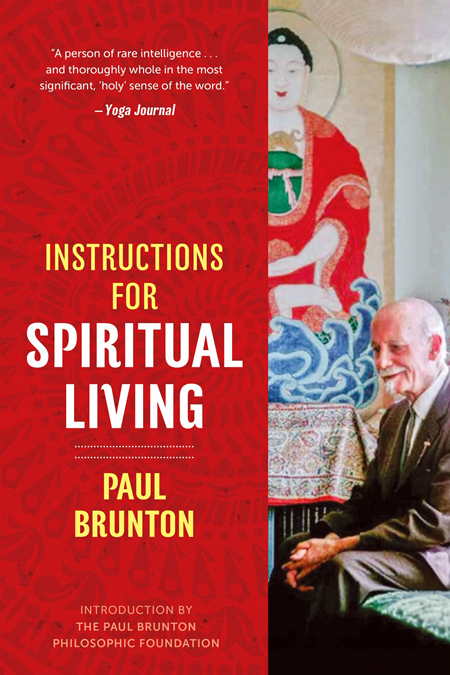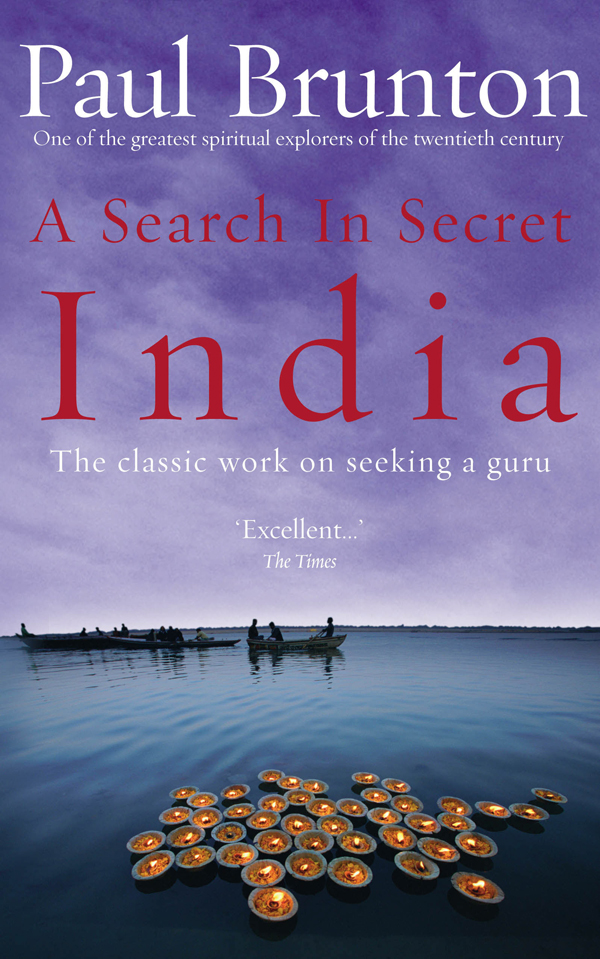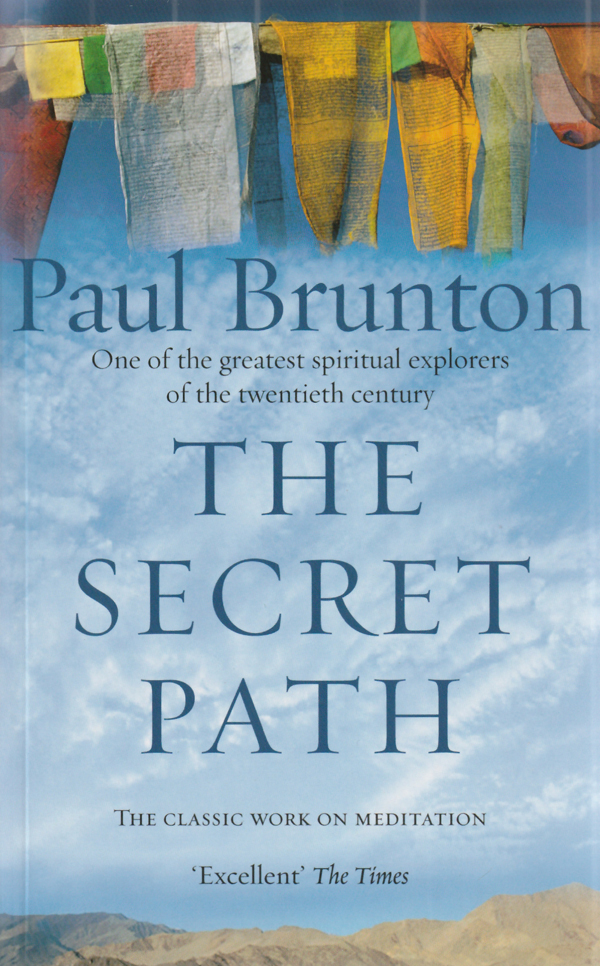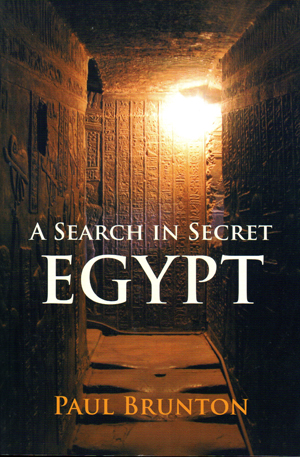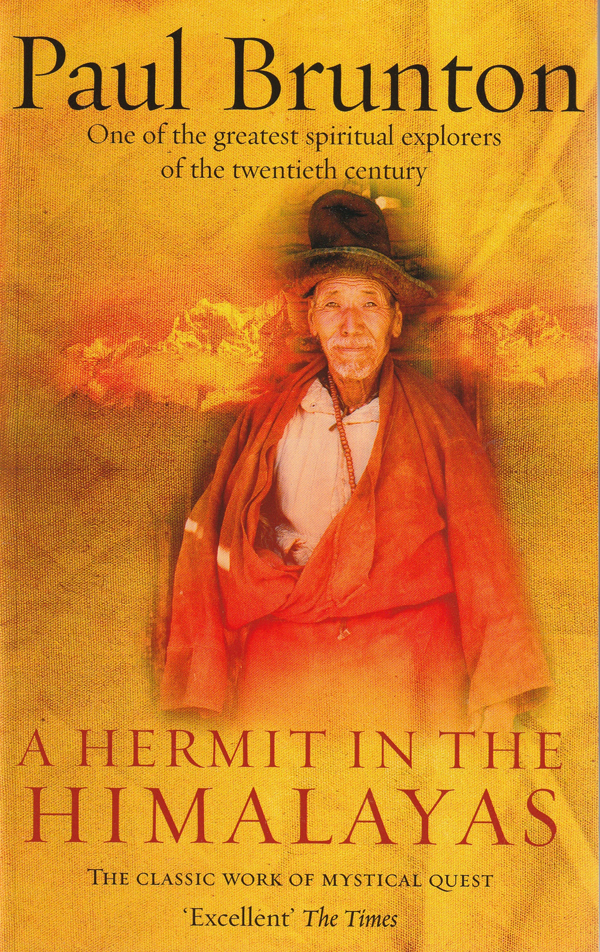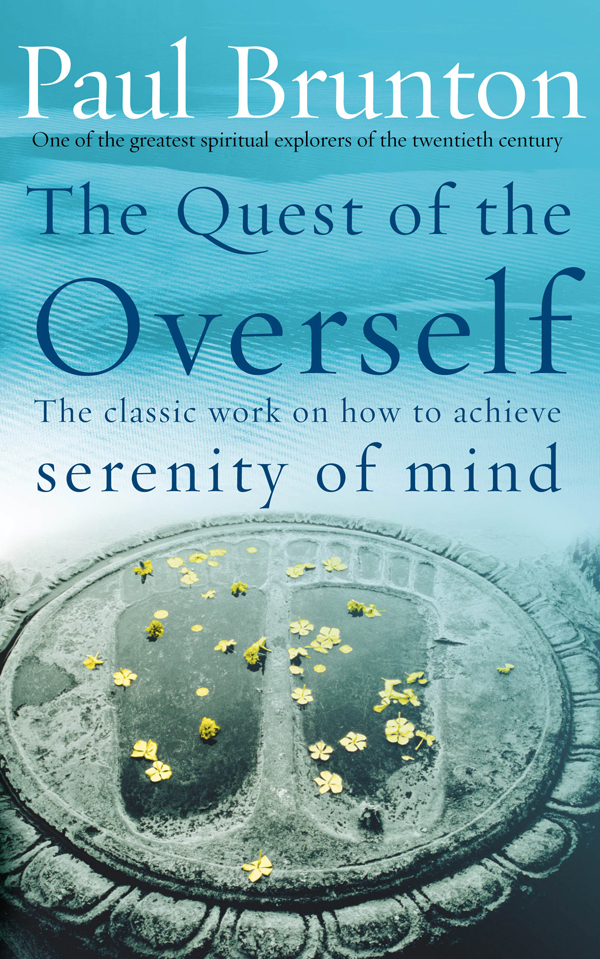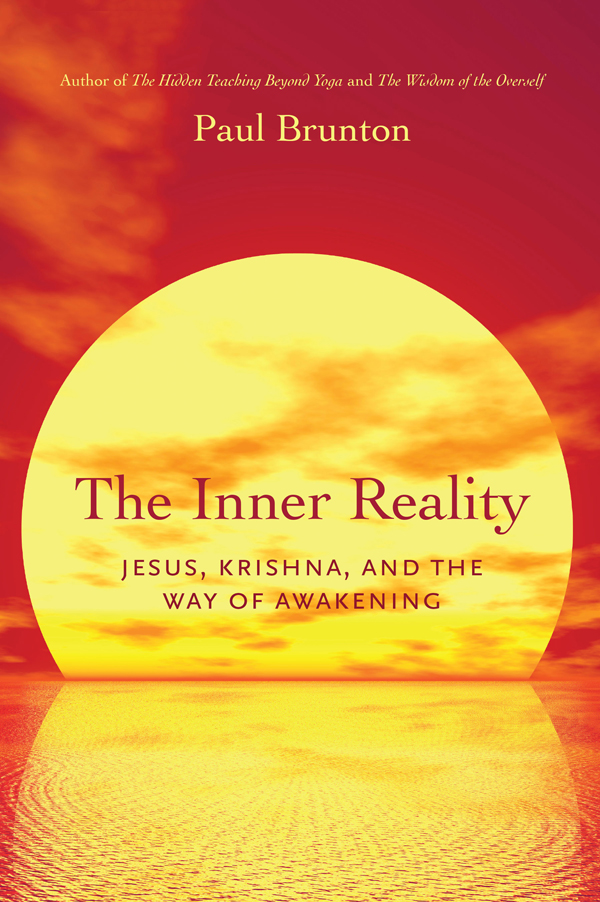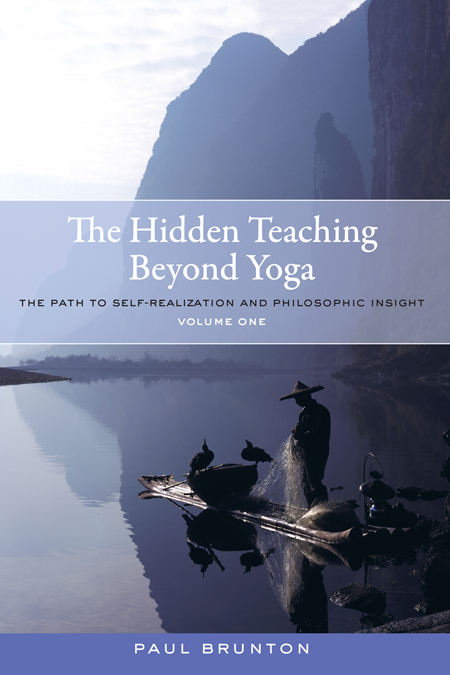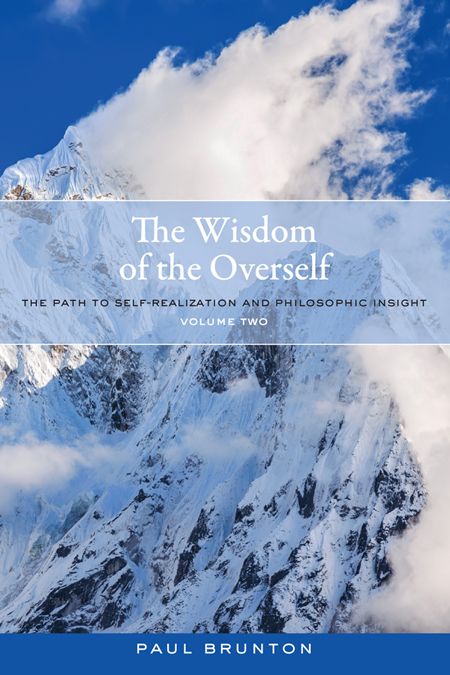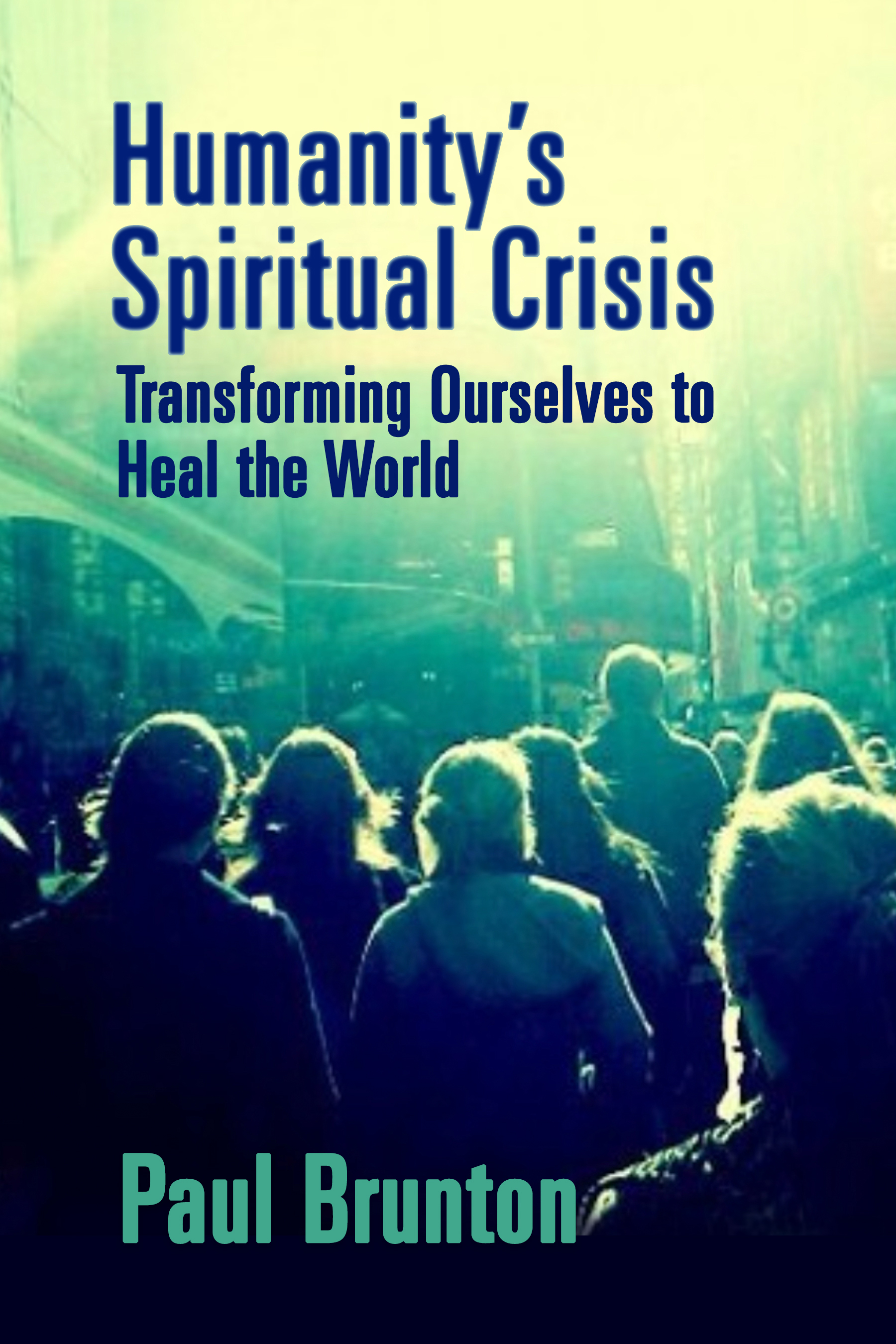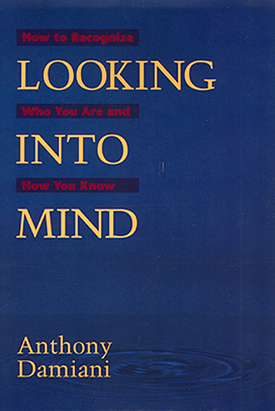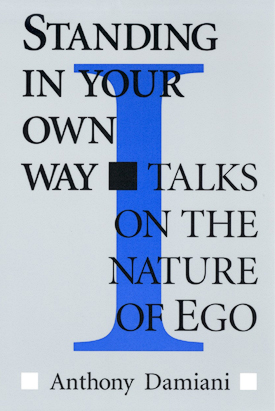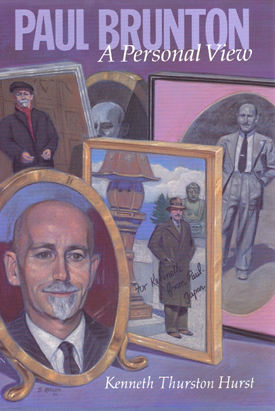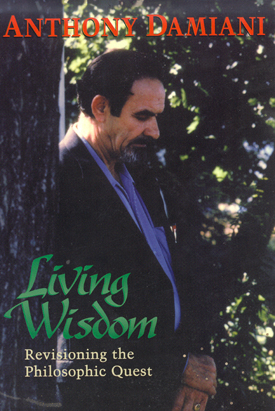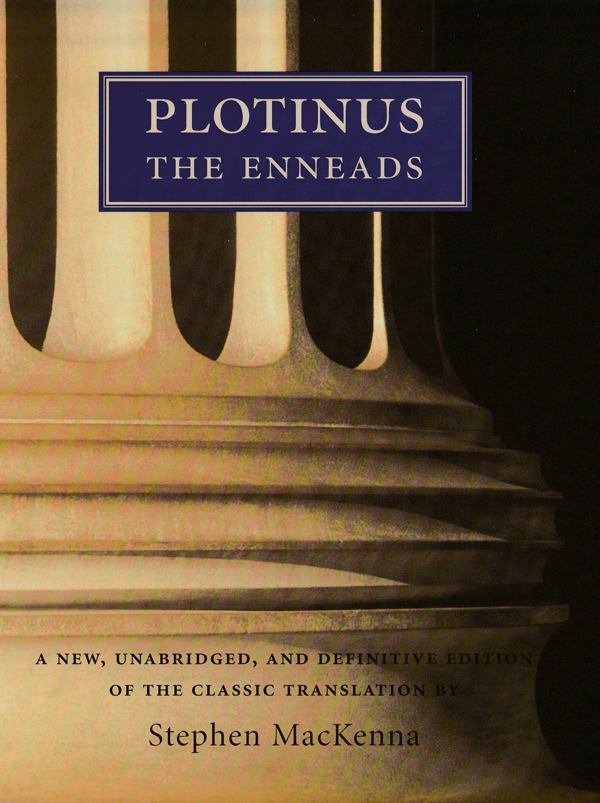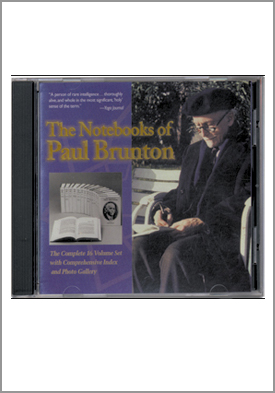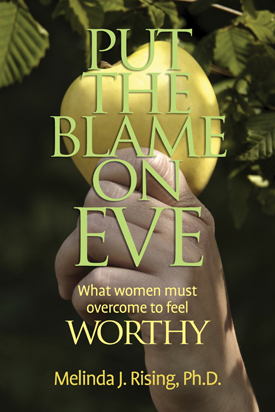A Search in Secret Egypt
Special Illustrated Edition By Paul Brunton
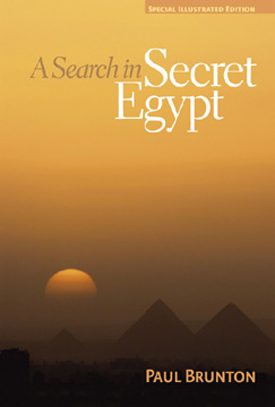
Retail/cover price: $110.00
Our price : $88.00
Next 70 copies : $39.96
(You save $70.04!)
About this book:
A Search in Secret Egypt
Special Illustrated Edition
by Paul Brunton
Subjects: Special Illustrated Edition, Spirituality, Occult Science
82 Original b/w photos taken by Paul Brunton
144 New color photographs
44 Diagrams, drawings, and maps (Karnak, Luxor, Cairo)
7.5" wide x 11.25" high, fine coated paper
Deluxe cloth edition
ISBN 10: 0-943914-98-1
ISBN 13: 978-0-943914-98-5
Book Details
“Let us who live today draw some lesson from the vanished past of Egypt and learn to interpret the hieroglyph of our own existence, giving our own lives to the things which are worthwhile, to the enduring things, to the faithful following of the diviner dictates of the soul. Every fragmentary statue, every broken column, every scattered limestone remnant of Egypt’s temples bids us do this and thus live without fear, without regrets and with the high assurance that the Eternal Good will Itself ever be our guide and support.” —Paul Brunton, from “Egyptian Notes” p. 11 (unpublished)
Travel to Egypt’s high holy places with a spiritual adventurer whose classic vision of their mysterious meanings and uses fascinates readers of all ages.
Walk with Paul Brunton, via specially designed maps of Cairo, Luxor, and Karnak, into “that Egypt whose mysterious origin mounts to immemorial antiquity.” Explore major splendors, long-hidden temples, underground chambers, shrines, and artifacts as he first saw them, and as they are now. See his timely questions of Islamic leaders, and the fascinating visions of ancient Egypt that emerge in the dreamscape of his inner eye.
See other tabs for a full description of how this lavish, large-format, deluxe special edition illustrates Paul Brunton’s classic travelogue of discovery and awakening to mind’s hidden powers.
(from Timothy J. Smith, ed.)
A Search in Secret Egypt is an inward journey of initiation into the first great secret of spiritual awakening: our home is not the body, but the soul. This book presents the reader with a uniquely focused exploration of ancient and modern Egypt; Paul Brunton goes in search of the secret hinted at by the mysterious Sphinx and deepened by his visions during his night in the Great Pyramid — the secret means by which humankind can realize its spiritual destiny. The author introduces us to the faith-based power of a real snake-charmer (and becomes one himself!); he encounters a working magician, a renowned fakir (Tahra Bey — Houdini's main competitor), and even his own former self, now a ghostly presence amongst the ruins of Karnak.
If this book were meanit only to display occult phenomena for our entertainment, it would do that job admirably, for it is a compelling account of many extraordinary, and somehow believable experiences. But what sets this book apart is not its occultism, nor the author's command of Egyptology, Asian history, nor his openness to Islam. It is the thread that runs through all these adventures that makes this book an essential part of every seeker's library, and that thread is symbolized by the mysteries of the Sphinx, the King's Chamber, and the myth of Osiris. Paul Brunton applies all his erudition and insight towards unlocking their deepest meanings; as he does so the purpose and value of each encounter with a Dervish chief or a temple bas-relief contributes to the successful unlocking of these age-old puzzles.
If you haven't read this book before, you should! and if you have read it, read it again! It is a book of many secrets, and hides its greatest one in plain sight: it is here that Paul Brunton unveils the importance, method, and consequences of properly seating the body in the mind. Once assimilated, the doors of occult perception are opened, and they open directly into the truly magical kingdom of the Soul itself.
This new specially illustrated edition is designed to let you see for yourself all that the author saw on his own journey. There are maps to guide you through Karnak, Luxor, and Cairo. There are the author's own photographs which document his adventures — including his deadly work with the village snake-charmer (who ultimately lost his life to a venomous cobra); and of course there are wonderful, inspiring images of the magical power and vivid mysteries which abound in the Egyptian landscape!
Washington Post
“Amazing mystery, fascinatingly recounted. Books of this kind are rare indeed. This book will thrill you.” Washington Post, original review, 1937
Spirituality and Practice
July 2007
Paul Brunton (1898–1981) was a pioneer in what Wayne Teasdale has called interspirituality. He published 11 books during his lifetime and is the author of the 16-volume posthumously published Notebooks of Paul Brunton series in which he presents a world-encompassing spirituality. This lavish book is a special illustrated edition of his 1936 book about his exploration of Egypt. Here for the first time are nearly 200 photographs and diagrams of Egypt's landscape, tombs, and temples.
Brunton's questing spirit makes this a fascinating read. A long meditation on the Sphinx leads him to embrace this monument as "the Silent Watcher of our world." He sees within him the strength of the lion, the intellect of a man, and the spiritual serenity of a god. Brunton's account of spending a night alone in the Great Pyramid is mesmerizing. He notes: "The mystery of the Great Pyramid is the mystery of the self. The lesson of the Pyramid is that man must turn inward, must venture to the unknown center of his being to find his soul, even if he must venture to the unknown depths of this fane to find its most profound secret." He also has some profound observations on the Osiris myth and the ancient mysteries.
Brunton's curiosity leads to interviews with Egypt's most famed fakir, a Muslim spiritual leader, and a snake-charmer. One of the most interesting aspects of the author's exposure to new experiences is his drastic change of attitude toward snakes:
“No longer did I fear each one as a creeping incarnation of treachery and deceit. Instead, I had slowly but increasingly come to feel a peculiar admiration for the sheen and sinuous beauty of their bodies and the graceful air of their upreared necks; a strange fascination for their undeniable weirdness and uncanny mystery; and a subtle sense of pity for them.”
Paul Brunton models for us the inner work which is the true adventure of spiritual travel to faraway and exotic places. He demonstrates how these journeys can exercise our spirits and open us up to new possibilities. Copyright © 1970–2007 by Frederic and Mary Ann Brussat.
The Midwest Book Review
May 2007
Beautifully and profusely enhanced with the inclusion of 270 full color and black/white vintage and contemporary photos, maps, and diagrams, A Search in Secret Egypt by the late Paul Brunton (1898–1981) presents a wealth of information and insights that the author has compiled over his more than 70 years of studied inquiry into the metaphysics and religion of ancient Egypt. Originally published in 1936 and long out of print, A Search in Secret Egypt has been brought out in a very special illustrated edition by Larson Publications and once again made accessible to students of Egyptian antiquity and esoteric mysteries as revealed in the archaeology of ancient shrines and temples. This is also an engaging story of a personal spiritual adventure as Brunton addressed penetrating questions concerning Egyptian beliefs, rituals, and monuments. A ‘travelogue of discovery’, Paul Brunton’s A Search in Secret Egypt is very strongly recommended for personal, academic, and community library Egyptology reference collections, as well as to students of metaphysics in general, and Egyptian religious studies in particular.
View the introduction and sample pages in PDF format from here.
In his own words:
“Writing, which is an exercise of the intellect to some, is an act of worship to me. I rise from my desk in the same mood as that in which I leave an hour of prayer in an old cathedral, or of meditation in a little wood . . .” —from Perspectives, volume 1 in The Notebooks of Paul Brunton, p. 143
“P.B. as a private person does not count. There are hundreds of millions of such persons anyway. What is one man and his quest? P.B.’s personal experiences and views are not of any particular importance or special consequence. What happens to the individual man named P.B. is a matter of no account to anyone except himself. But what happens to the hundreds of thousands of spiritual seekers today who are following the same path that he pioneered is a serious matter and calls for prolonged consideration. Surely the hundreds of thousands of Western seekers who stand behind him and whom indeed, in one sense, he represents, do count. P.B. as a symbol of the scattered group of Western truth-seekers who, by following his writings so increasingly and so eagerly, virtually follow him also, does count. He personifies their aspirations, their repulsion from materialism and attraction toward mysticism, their interest in Oriental wisdom and their shepherdless state. As a symbol of this Western movement of thought, he is vastly greater than himself. In his mind and person the historic need for a new grasp of the contemporary spiritual problem found a plain-speaking voice . . .” —from Perspectives, volume 1 in The Notebooks of Paul Brunton, p. 145
Click here to see the North Atlantic paperback (black and white) edition of A Search in Secret Egypt.
To see all our Paul Brunton titles, scroll down to The Complete Paul Brunton Opus below.
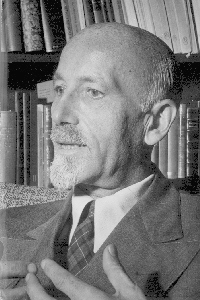
Paul Brunton helps us hear the melody behind the medley of today's "spiritual marketplace." His late writings raise the bar for what we can expect of spiritual teachings and teachers, and what we can do for ourselves. Born in London in 1898, he soon became a leading pioneer of much of what we now take for granted. He traveled widely throughout the world (long before it was fashionable) to meet living masters of various traditions with whom he then lived and studied. His eleven early books from 1934–1952 shared much of what he learned, and helped set the stage for dramatic east-west exchanges of the late 20th century. Paul Brunton left more than 10,000 pages of enormously helpful new work in notebooks he reserved for posthumous publication, much of which is now available as The Notebooks of Paul Brunton. See "The Complete Paul Brunton Opus" in blue below to see his many works available on this site. You can also search on Paul Brunton in the search bar to browse the selections, or click on a link below for specific connections.
Click here for an article about Paul Brunton.
Click here for The Notebooks of Paul Brunton.
To access small theme-based books compiled from Paul Brunton's writings, scroll down to Derived from the Notebooks below.
To access Paul Brunton's early writings, published from 1934–1952, scroll down to Paul Brunton's Early Works below.
To access commentaries on Paul Brunton and his work by his leading student, Anthony Damiani, as well as other writings about Paul Brunton and/or his work, scroll down to Commentaries and Reflections on Paul Brunton and His Work below.
Book Details
“Let us who live today draw some lesson from the vanished past of Egypt and learn to interpret the hieroglyph of our own existence, giving our own lives to the things which are worthwhile, to the enduring things, to the faithful following of the diviner dictates of the soul. Every fragmentary statue, every broken column, every scattered limestone remnant of Egypt’s temples bids us do this and thus live without fear, without regrets and with the high assurance that the Eternal Good will Itself ever be our guide and support.” —Paul Brunton, from “Egyptian Notes” p. 11 (unpublished)
Travel to Egypt’s high holy places with a spiritual adventurer whose classic vision of their mysterious meanings and uses fascinates readers of all ages.
Walk with Paul Brunton, via specially designed maps of Cairo, Luxor, and Karnak, into “that Egypt whose mysterious origin mounts to immemorial antiquity.” Explore major splendors, long-hidden temples, underground chambers, shrines, and artifacts as he first saw them, and as they are now. See his timely questions of Islamic leaders, and the fascinating visions of ancient Egypt that emerge in the dreamscape of his inner eye.
See other tabs for a full description of how this lavish, large-format, deluxe special edition illustrates Paul Brunton’s classic travelogue of discovery and awakening to mind’s hidden powers.
(from Timothy J. Smith, ed.)
A Search in Secret Egypt is an inward journey of initiation into the first great secret of spiritual awakening: our home is not the body, but the soul. This book presents the reader with a uniquely focused exploration of ancient and modern Egypt; Paul Brunton goes in search of the secret hinted at by the mysterious Sphinx and deepened by his visions during his night in the Great Pyramid — the secret means by which humankind can realize its spiritual destiny. The author introduces us to the faith-based power of a real snake-charmer (and becomes one himself!); he encounters a working magician, a renowned fakir (Tahra Bey — Houdini's main competitor), and even his own former self, now a ghostly presence amongst the ruins of Karnak.
If this book were meanit only to display occult phenomena for our entertainment, it would do that job admirably, for it is a compelling account of many extraordinary, and somehow believable experiences. But what sets this book apart is not its occultism, nor the author's command of Egyptology, Asian history, nor his openness to Islam. It is the thread that runs through all these adventures that makes this book an essential part of every seeker's library, and that thread is symbolized by the mysteries of the Sphinx, the King's Chamber, and the myth of Osiris. Paul Brunton applies all his erudition and insight towards unlocking their deepest meanings; as he does so the purpose and value of each encounter with a Dervish chief or a temple bas-relief contributes to the successful unlocking of these age-old puzzles.
If you haven't read this book before, you should! and if you have read it, read it again! It is a book of many secrets, and hides its greatest one in plain sight: it is here that Paul Brunton unveils the importance, method, and consequences of properly seating the body in the mind. Once assimilated, the doors of occult perception are opened, and they open directly into the truly magical kingdom of the Soul itself.
This new specially illustrated edition is designed to let you see for yourself all that the author saw on his own journey. There are maps to guide you through Karnak, Luxor, and Cairo. There are the author's own photographs which document his adventures — including his deadly work with the village snake-charmer (who ultimately lost his life to a venomous cobra); and of course there are wonderful, inspiring images of the magical power and vivid mysteries which abound in the Egyptian landscape!
Washington Post
“Amazing mystery, fascinatingly recounted. Books of this kind are rare indeed. This book will thrill you.” Washington Post, original review, 1937
Spirituality and Practice
July 2007
Paul Brunton (1898–1981) was a pioneer in what Wayne Teasdale has called interspirituality. He published 11 books during his lifetime and is the author of the 16-volume posthumously published Notebooks of Paul Brunton series in which he presents a world-encompassing spirituality. This lavish book is a special illustrated edition of his 1936 book about his exploration of Egypt. Here for the first time are nearly 200 photographs and diagrams of Egypt's landscape, tombs, and temples.
Brunton's questing spirit makes this a fascinating read. A long meditation on the Sphinx leads him to embrace this monument as "the Silent Watcher of our world." He sees within him the strength of the lion, the intellect of a man, and the spiritual serenity of a god. Brunton's account of spending a night alone in the Great Pyramid is mesmerizing. He notes: "The mystery of the Great Pyramid is the mystery of the self. The lesson of the Pyramid is that man must turn inward, must venture to the unknown center of his being to find his soul, even if he must venture to the unknown depths of this fane to find its most profound secret." He also has some profound observations on the Osiris myth and the ancient mysteries.
Brunton's curiosity leads to interviews with Egypt's most famed fakir, a Muslim spiritual leader, and a snake-charmer. One of the most interesting aspects of the author's exposure to new experiences is his drastic change of attitude toward snakes:
“No longer did I fear each one as a creeping incarnation of treachery and deceit. Instead, I had slowly but increasingly come to feel a peculiar admiration for the sheen and sinuous beauty of their bodies and the graceful air of their upreared necks; a strange fascination for their undeniable weirdness and uncanny mystery; and a subtle sense of pity for them.”
Paul Brunton models for us the inner work which is the true adventure of spiritual travel to faraway and exotic places. He demonstrates how these journeys can exercise our spirits and open us up to new possibilities. Copyright © 1970–2007 by Frederic and Mary Ann Brussat.
The Midwest Book Review
May 2007
Beautifully and profusely enhanced with the inclusion of 270 full color and black/white vintage and contemporary photos, maps, and diagrams, A Search in Secret Egypt by the late Paul Brunton (1898–1981) presents a wealth of information and insights that the author has compiled over his more than 70 years of studied inquiry into the metaphysics and religion of ancient Egypt. Originally published in 1936 and long out of print, A Search in Secret Egypt has been brought out in a very special illustrated edition by Larson Publications and once again made accessible to students of Egyptian antiquity and esoteric mysteries as revealed in the archaeology of ancient shrines and temples. This is also an engaging story of a personal spiritual adventure as Brunton addressed penetrating questions concerning Egyptian beliefs, rituals, and monuments. A ‘travelogue of discovery’, Paul Brunton’s A Search in Secret Egypt is very strongly recommended for personal, academic, and community library Egyptology reference collections, as well as to students of metaphysics in general, and Egyptian religious studies in particular.
View the introduction and sample pages in PDF format from here.
In his own words:
“Writing, which is an exercise of the intellect to some, is an act of worship to me. I rise from my desk in the same mood as that in which I leave an hour of prayer in an old cathedral, or of meditation in a little wood . . .” —from Perspectives, volume 1 in The Notebooks of Paul Brunton, p. 143
“P.B. as a private person does not count. There are hundreds of millions of such persons anyway. What is one man and his quest? P.B.’s personal experiences and views are not of any particular importance or special consequence. What happens to the individual man named P.B. is a matter of no account to anyone except himself. But what happens to the hundreds of thousands of spiritual seekers today who are following the same path that he pioneered is a serious matter and calls for prolonged consideration. Surely the hundreds of thousands of Western seekers who stand behind him and whom indeed, in one sense, he represents, do count. P.B. as a symbol of the scattered group of Western truth-seekers who, by following his writings so increasingly and so eagerly, virtually follow him also, does count. He personifies their aspirations, their repulsion from materialism and attraction toward mysticism, their interest in Oriental wisdom and their shepherdless state. As a symbol of this Western movement of thought, he is vastly greater than himself. In his mind and person the historic need for a new grasp of the contemporary spiritual problem found a plain-speaking voice . . .” —from Perspectives, volume 1 in The Notebooks of Paul Brunton, p. 145
Click here to see the North Atlantic paperback (black and white) edition of A Search in Secret Egypt.
To see all our Paul Brunton titles, scroll down to The Complete Paul Brunton Opus below.
About Paul Brunton

Paul Brunton helps us hear the melody behind the medley of today's "spiritual marketplace." His late writings raise the bar for what we can expect of spiritual teachings and teachers, and what we can do for ourselves. Born in London in 1898, he soon became a leading pioneer of much of what we now take for granted. He traveled widely throughout the world (long before it was fashionable) to meet living masters of various traditions with whom he then lived and studied. His eleven early books from 1934–1952 shared much of what he learned, and helped set the stage for dramatic east-west exchanges of the late 20th century. Paul Brunton left more than 10,000 pages of enormously helpful new work in notebooks he reserved for posthumous publication, much of which is now available as The Notebooks of Paul Brunton. See "The Complete Paul Brunton Opus" in blue below to see his many works available on this site. You can also search on Paul Brunton in the search bar to browse the selections, or click on a link below for specific connections.
Click here for an article about Paul Brunton.
Click here for The Notebooks of Paul Brunton.
To access small theme-based books compiled from Paul Brunton's writings, scroll down to Derived from the Notebooks below.
To access Paul Brunton's early writings, published from 1934–1952, scroll down to Paul Brunton's Early Works below.
To access commentaries on Paul Brunton and his work by his leading student, Anthony Damiani, as well as other writings about Paul Brunton and/or his work, scroll down to Commentaries and Reflections on Paul Brunton and His Work below.
The Complete Paul Brunton Opus:
Paul Brunton's most mature work, in the order he specified for posthumous publication.
Smaller books on popular/timely themes, developed from the Notebooks and published posthumously.
Paul Brunton's works published during his lifetime from 1934-1952
Commentaries/Reflections by other authors on Paul Brunton or his works.

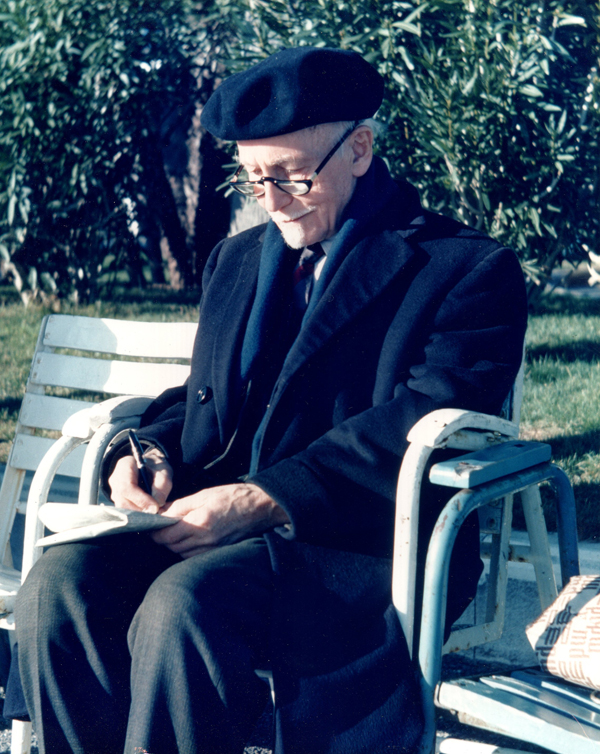
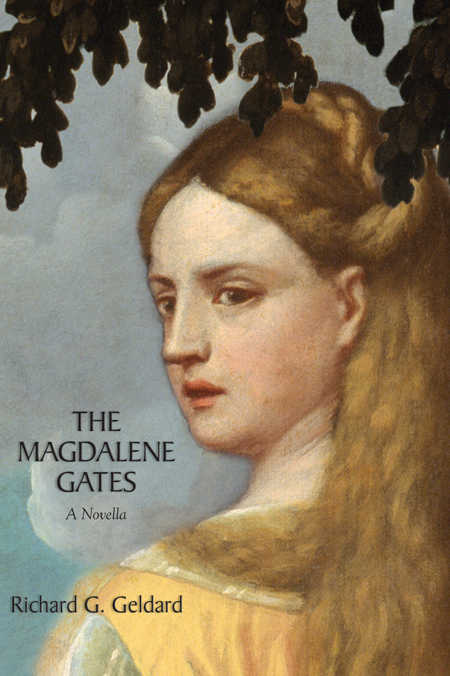
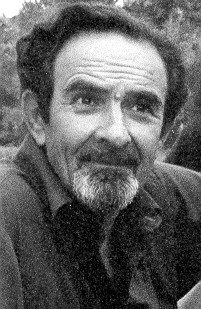


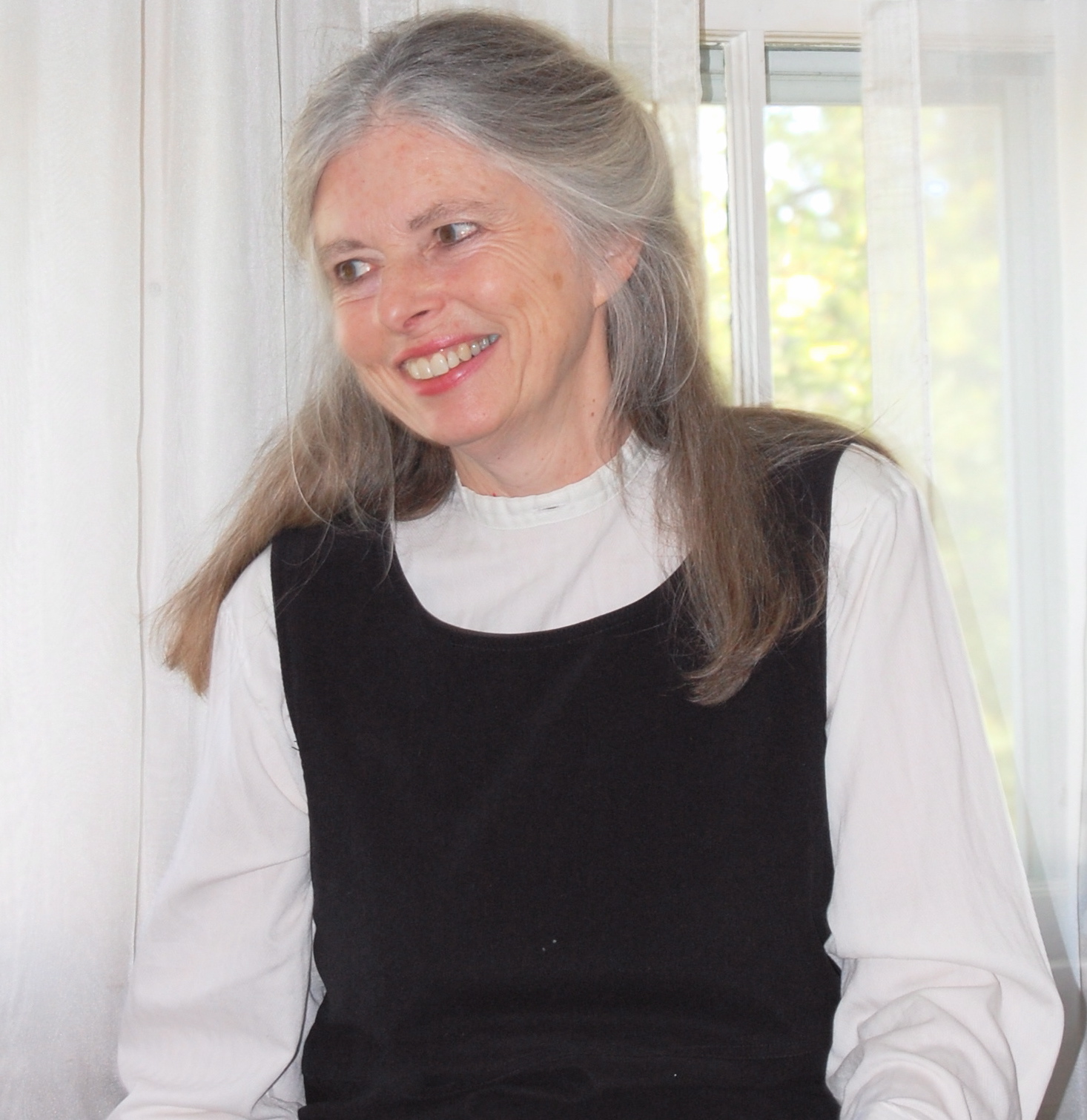
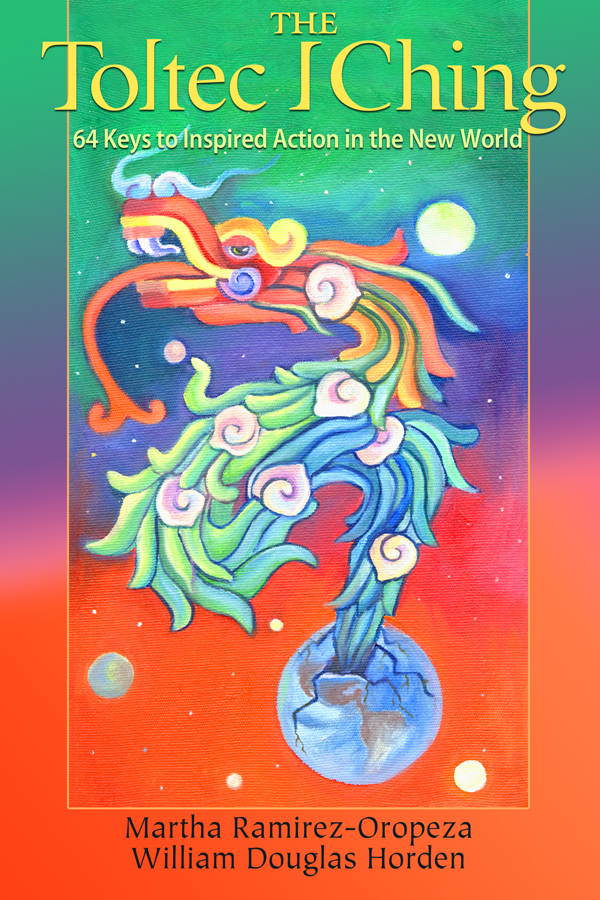
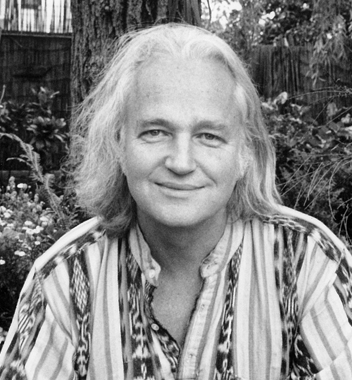
.jpg)
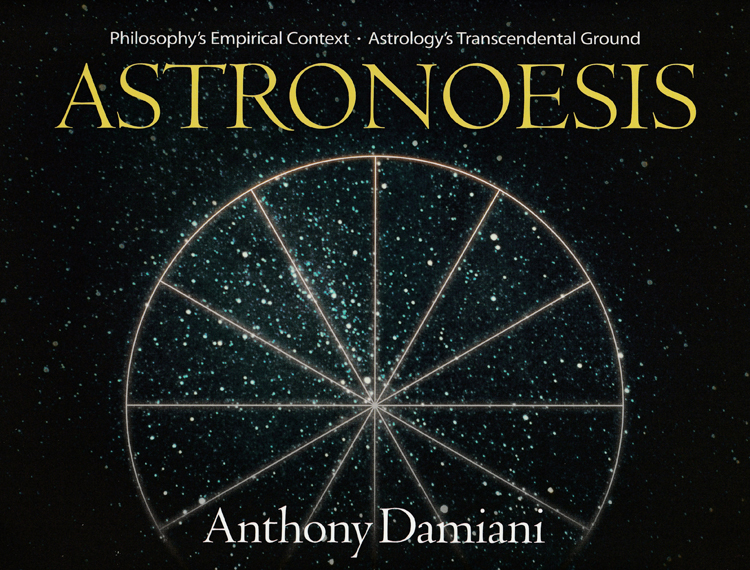
.jpg)
.jpg)
.jpg)
.jpg)
.jpg)
.jpg)
.jpg)
.jpg)
.jpg)
.jpg)
